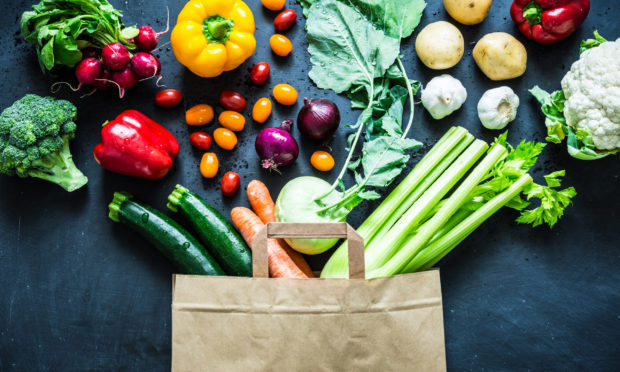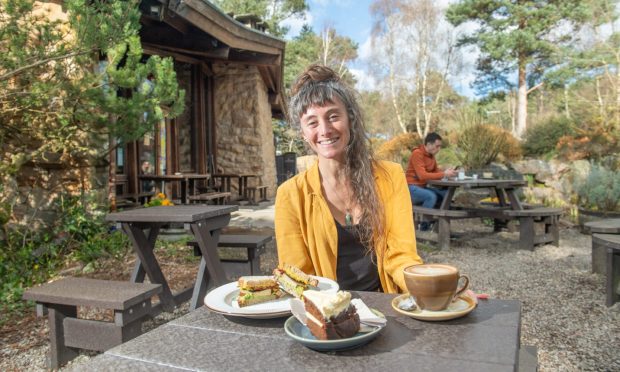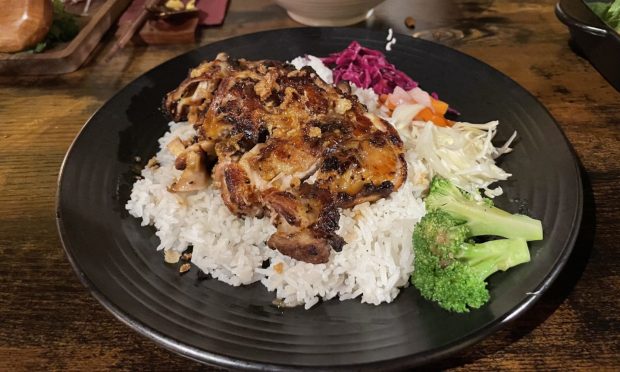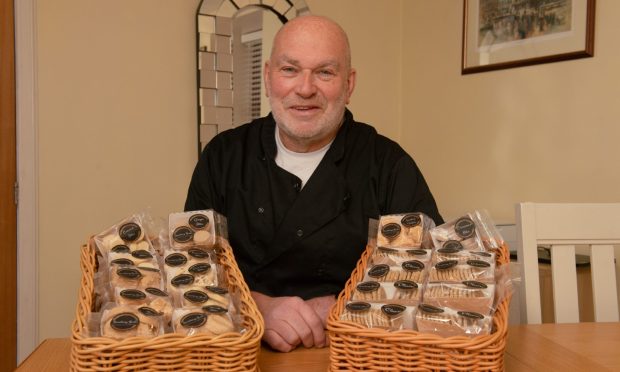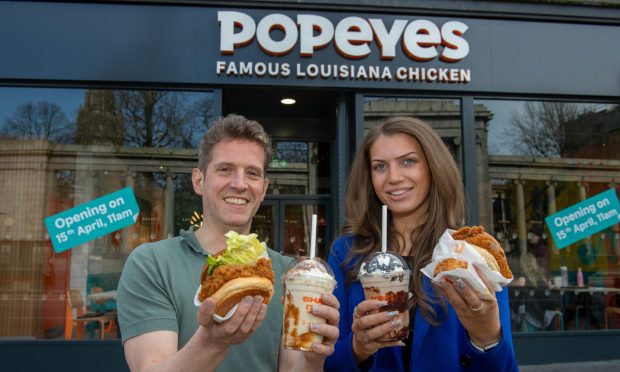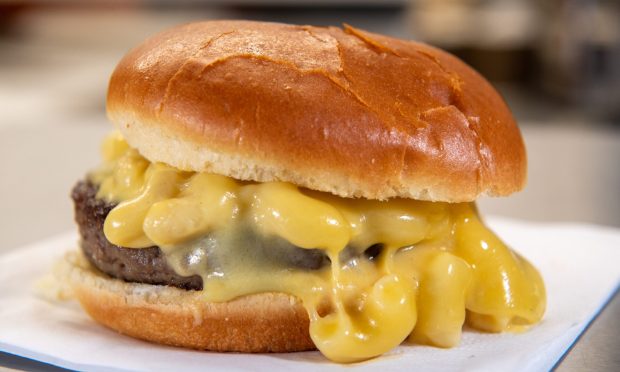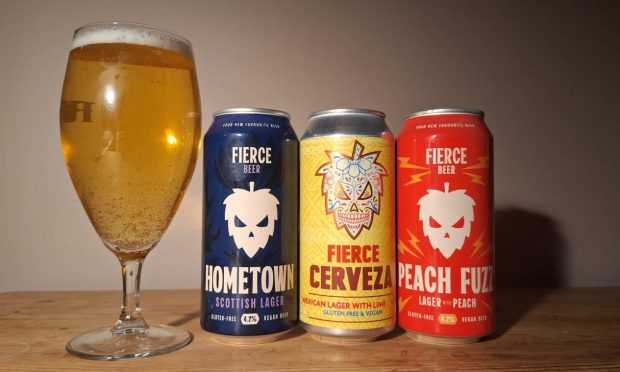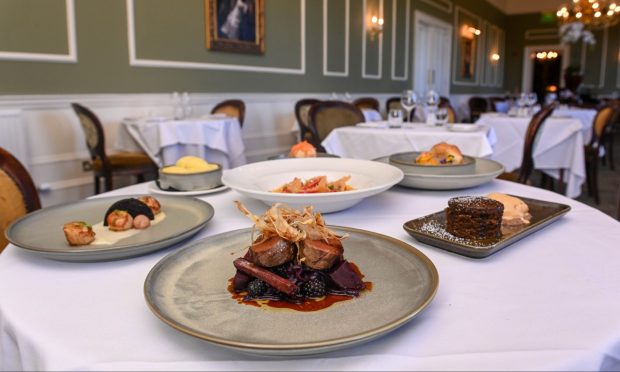Much of the fruit and veg we buy in supermarkets has been imported but, if we eat with the seasons, we’ll be eating food at its best and supporting local too. Here’s what’s available in Scotland for July…
Eating with the seasons has been at the heart of many Scottish restaurants and eateries for a long time, with so much of the produce that ends up on our plates being grown, fished, produced, caught or farmed on home soil.
However, new research by Mushroom Miles has revealed that when it comes to fruit and veg, many of us aren’t shopping with the seasons and are, instead, buying food from supermarkets that could have travelled thousands of miles from outwith Scotland to get into our shopping trolleys.
Some fruit and veg is almost impossible to grow commercially in Scotland’s traditional cold and unpredictable climate, such as bananas and avocados, so we need to rely on imports.
But when it comes to others such as apples, berries, carrots, tomatoes and mushrooms, for example, there are many local producers we can purchase from, meaning we can reduce the food miles while supporting local.
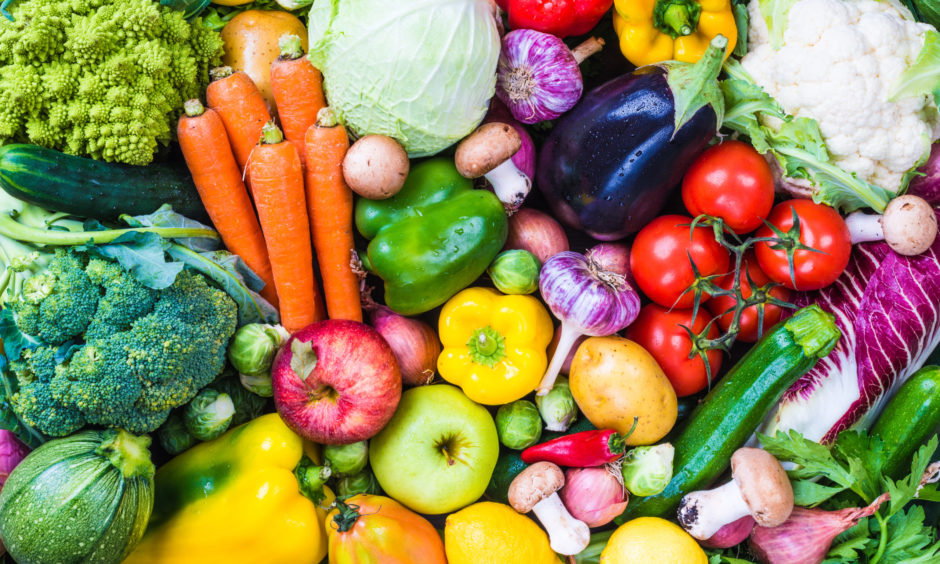
What’s in season now?
The following fruits and vegetables are available in Scotland’s farm shops and from local producers now. The majority of these are available throughout the year in supermarkets but, if bought outwith their usual season, they are likely to be imported and less likely to be fresh.
- Berries (see below) – seasons differ depending on the berry, though are usually confined to the summer.
- Tomatoes (see below) – prime season is April-June, though still available to November.
- Apricots – July to August. Not commonly found in local shops but can be grown at home.
- Aubergines – July to mid-October. Very few commercial aubergine growers exist in Scotland due to hot temperatures required. But, they can be grown at home.
- Beetroot – July to January is the prime UK season, though this can differ for Scotland given the colder climate. They’re very easy to find though and are becoming more popular in bakeries, restaurants and home bakes.
- Blackcurrants and redcurrants (see below) – From May to July for blackcurrants and July to September for redcurrants.
- Peas and broadbeans (see below) – Both are available frozen all year round but peas are harvested from May to October and broadbeans from the end of June to September.
- Broccoli – Generally harvested from July to October. Some growers are based in Scotland, such as East of Scotland Growers LTD.
- Potatoes – available all year round and very easy to find locally, though certain types have their own seasons, such as new potatoes (May to July), Jersey royals (April to July) and the maincrop (July to February).
Here is a guide to some of the most common fruits and vegetables that are currently in season and where we can buy them locally.
Berries
Despite Scotland having an abundance of berries grown in fields the length and breadth of the country during the summer months, outwith the growing season many people still buy the imported products in supermarkets that will have travelled from as far afield as Spain, Israel, Morocco and Egypt to some shops.
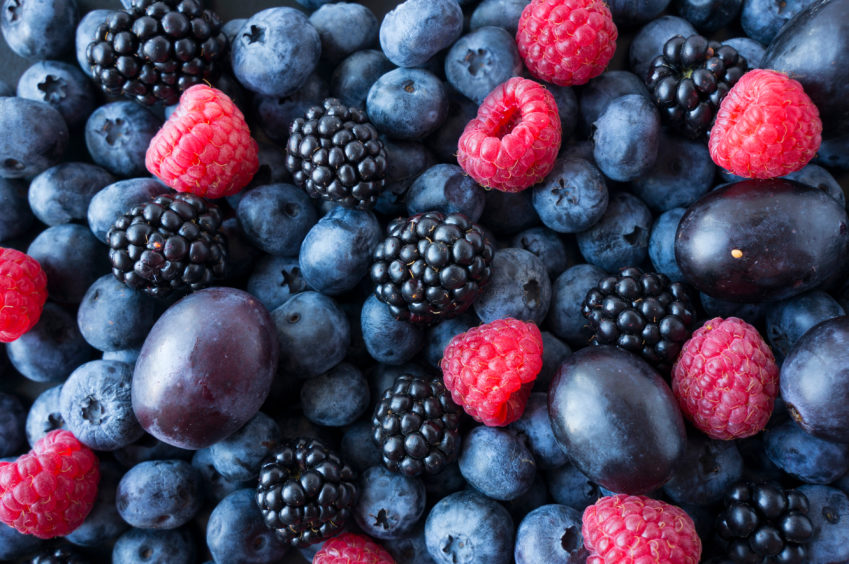
Several suppliers, such as Angus Growers and Angus Soft Fruits, do supply fresh berries to some of the major retailers and the punnets and packaging you see with a Scottish flag on them are likely to have come from somewhere on Scotland’s east coast.
But it’s worth keeping in mind when certain berries are in season as it means you’re more likely to be eating local.
For later in the year it’s easy to make berries last longer by freezing them or turning them into jam.
What’s in season now?
Strawberries – until late September.
Blackberries – just beginning to come into season, from now until around October
Cherries – very short season that lasts usually until the end of July.
Tayberry – named after the river Tay, usually in season until the end of August.
Raspberries – from late June until early September.
Blueberries – one of the longest berry seasons, from June to November
Tomatoes
Tomatoes are at their prime from the end of April until the end of June, though they will still be available right through to November. Due to the number of commercial producers in Scotland having dwindled over recent years, a significant number of tomatoes found in supermarkets will have been imported.
Season’s Eatings: Tomatoes prove fruitful when kept out of the fridge
Many local farm shops or health food stores will stock tomatoes so it’s worth checking any of these near you.
One thing to note when it comes to buying tomatoes at their freshest is to buy those kept out of the fridge. As they are grown in such hot climates, keeping them in the fridge (both in the supermarket and at home) can ruin some of the fruit’s nutrients and they’re unlikely to stay fresh for as long.
Carrots
According to British Carrots, around 75% of Brits eat them regularly, with more than 10 million being consumed each year.
Though they are harvested all year round in Scotland, carrots are best eaten during the summer months, according to those involved in their production.
Ian Morrison, head of field department at Kettle Produce Ltd in Cupar, Fife, says: “In most years, the UK has an all-year-round supply starting with English new season in mid-June before moving into Scottish new season at the end of June. Main season carrots generally start around beginning of September and run until early December.”
Season’s Eatings: Getting to the root of it all with carrots
Despite them being quite common to find, and not necessarily associated with the summer months, this is the exact time we should be eating them.
Blackcurrants and redcurrants
Becoming much more popular for jams and bakery goods, blackcurrants and redcurrants are native to the climate of Northern Europe and enjoy the fertile damp soil.
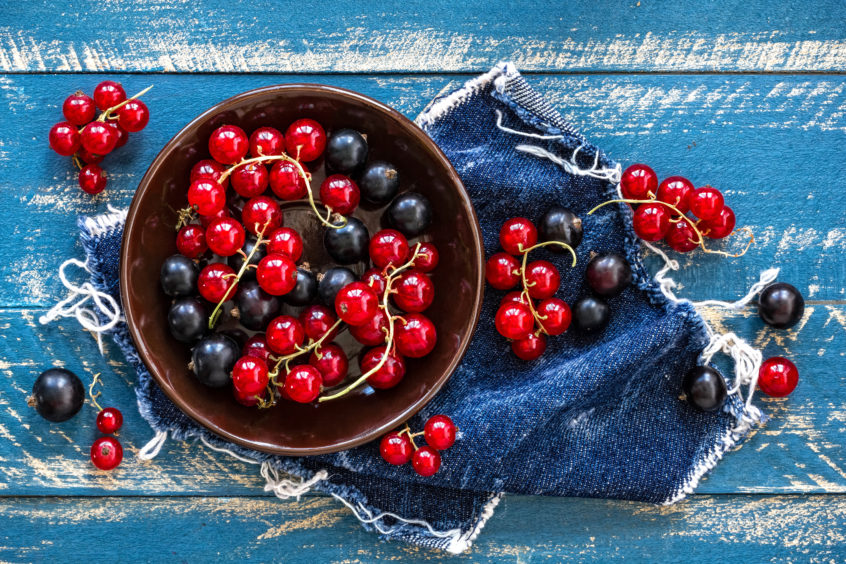
This means they are grown in abundance here and can be found at the majority of farm shops and pick-your-own places. Both can also be grown at home.
Generally, blackcurrant season is from around the end of May to the end of July, while redcurrants are in their prime June to September.
Peas and broadbeans
Though we can buy them frozen in the supermarket all year round, the main harvesting season for fresh peas occurs for roughly six weeks between May and October, with broadbeans featuring from the end of June to September.
Season’s Eatings: Why these ap-pea-ling legumes are good for you and the environment
There are more than 700 producers in the UK, though the majority can be found up and down the east coast, with 20% of the UK’s entire production grown in Perthshire, Angus and Fife.
Further reading…
Best of Local: Where to buy seasonal fruits and vegetables during lockdown
